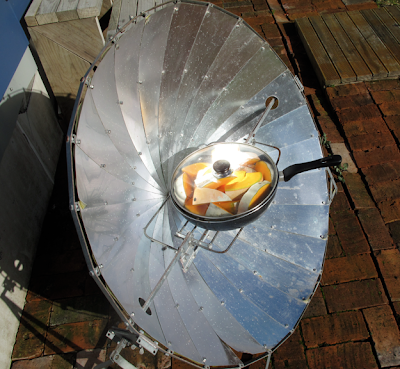Design is one of the most powerful forces in the universe.
But like any powerful force, it can be used for good or for evil. It can even
be ignored, but, I would argue, at our own peril. Put another way, to fail to
design is to design to fail.
Mind you, I didn’t used to think this way. I didn’t think
about design or its power at all. Designers, in my mind, were stereotypes of
effeminate fashionistas or flamboyant interior decorators I’d seen in movies.
The Bird Cage. Awesome film!
All that changed the day I heard William McDonough speak at Dartmouth College
(USA) about 15 years ago.
“Design is the first
signal of human intention. As designers, we promote a positive vision of the
future, based upon the belief that many of the environmental problems we face
are, at root, design challenges.” – William McDonough
Not only was McDonough one of the best speakers I’ve ever
had the pleasure to hear, but, in my opinion he is also one of the best
thinkers alive today. (And he wears a bowtie!)
If you are familiar with TED
Talks, you can look up McDonough’s TED Talk on the internet and get an idea of
what I mean.
Already a McDonough groupie, I was thrilled with the
publication of his book, with German chemist Michael Braungart, in 2002, Cradle
to Cradle: Remaking the Way We Make Things.
Cradle to Cradle emphasizes
McDonough’s mantra “waste equals food,” but also makes an important distinction
that serves as a quantum leap for the sustainability movement: the difference
between eco-efficient and eco-effective.
Eco-efficiency, for McDonough, means doing things that are
still damaging the planet’s life support system and consuming non-renewable
resources, but doing so more slowly than before. He puts it rather bluntly:
“Being less bad is
not being good.”
One of the reasons I admire McDonough is that he is pushing
the envelope on design thinking but basing it all on the best available science
and modeling his designs on how natural ecosystems function. When looking for
models of eco-effectiveness we need only turn to a forest, a wetland or a coral
reef. Time Magazine described his way of thinking this way:
“His utopianism is
grounded in a unified philosophy that – in demonstrable and practical ways – is
changing the design of the world.”
If you have been following the Eco-Thrifty Renovation column
alongside this one each Saturday, you know I am a huge fan of ‘practical’ and
‘demonstrable’. In other words, I favor what works over what might
theoretically work. The proof, as they say, is in the pudding, although I have
absolutely no idea where the phrase came from. However, I do likes me some good
pudding!
As an environmental science teacher, I used to pose the
question to my students: Who has a better track record for making sustainable
systems: humanity or nature? Oddly enough, I always got the same answer.
But eco-design thinking is not limited to the fields of
architecture or manufacturing. Forty years ago, a pair of Australians, Bill
Mollison and David Holmgren, developed an eco-design system called permaculture
to address sustainable food production. Since then, permaculture design has
been expanded to cover economics, finance, transportation, energy, technology,
and even health and spiritual wellbeing. Personally, I’ve just completed a
four-year doctoral study applying permaculture design and practice to junior
secondary science as a way to engage students in authentic, relevant science
learning experiences. Eco-design thinking permeates the 400-page thesis from
the theoretical framework through the methodology and curriculum design and even
the data analysis, interpretation, results and conclusions.
Although it is likely that only four people on Earth will
ever read the thesis – my two
supervisors and two examiners – the real value of writing is the thinking that
goes into it. Over the last four years I have been amazed at the extent to
which eco-design thinking can be pushed in education and in research. I realize
that many readers may have little interest in either, but I use this example to
show the breadth and depth of the potential application of eco-design thinking.
Think about your life or your job. Are there ways that
design – “the first signal of human intention” – can be applied? What are your
intentions anyway? Are you fulfilling them? How can thoughtful design help you
do so? The possibilities are as endless as the interrelationships of a thriving
native bush ecosystem…possums not included.
Peace, Estwing



































